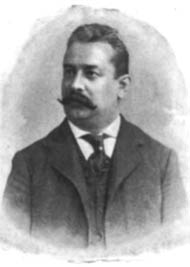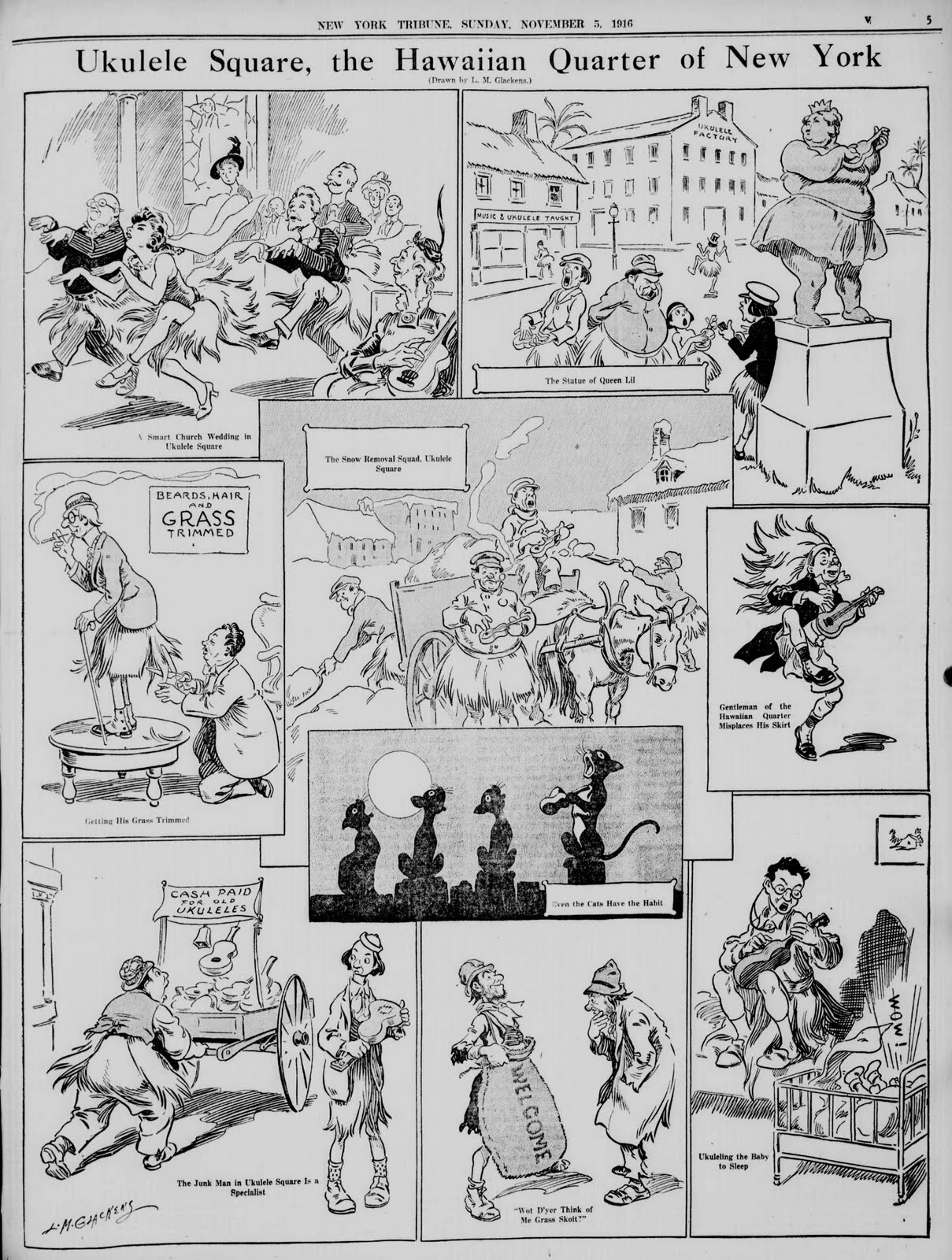|
Oscar Schmidt Inc.
Oscar Schmidt was a musical instrument manufacturing company established in 1871. During its long existence, Oscar Schmidt has produced a wide range of string instruments, not only guitars but also numerous models of parlour music, parlour instruments such as autoharps, celtic harps, guitar zithers, the "guitarophone" (a zither/metal-disc playing hybrid), marxophones and bowed psalterys (or "ukelins").Oscar Schmidt Company (1897 – c.1939) by Charles Robinson on LeavingThisWorld.com, 13 Dec 2018 Through its history, the company has changed its name several times, selling under the names "Oscar Schmidt Inc.," "Oscar Schmidt Musical House," "Manufacturers Advertising Company," "Oscar Schmidt-International Corporation," and "Oscar Schmidt-International, Inc.". Products currently sold under ... [...More Info...] [...Related Items...] OR: [Wikipedia] [Google] [Baidu] |
Privately Held Company
A privately held company (or simply a private company) is a company whose shares and related rights or obligations are not offered for public subscription or publicly negotiated in the respective listed markets, but rather the company's stock is offered, owned, traded, exchanged privately, or Over-the-counter (finance), over-the-counter. In the case of a closed corporation, there are a relatively small number of shareholders or company members. Related terms are closely-held corporation, unquoted company, and unlisted company. Though less visible than their public company, publicly traded counterparts, private companies have major importance in the world's economy. In 2008, the 441 list of largest private non-governmental companies by revenue, largest private companies in the United States accounted for ($1.8 trillion) in revenues and employed 6.2 million people, according to ''Forbes''. In 2005, using a substantially smaller pool size (22.7%) for comparison, the 339 companies on ... [...More Info...] [...Related Items...] OR: [Wikipedia] [Google] [Baidu] |
Musical Instrument
A musical instrument is a device created or adapted to make musical sounds. In principle, any object that produces sound can be considered a musical instrument—it is through purpose that the object becomes a musical instrument. A person who plays a musical instrument is known as an instrumentalist. The history of musical instruments dates to the beginnings of human culture. Early musical instruments may have been used for rituals, such as a horn to signal success on the hunt, or a drum in a religious ceremony. Cultures eventually developed composition and performance of melodies for entertainment. Musical instruments evolved in step with changing applications and technologies. The date and origin of the first device considered a musical instrument is disputed. The oldest object that some scholars refer to as a musical instrument, a simple flute, dates back as far as 50,000 - 60,000 years. Some consensus dates early flutes to about 40,000 years ago. However, most historians be ... [...More Info...] [...Related Items...] OR: [Wikipedia] [Google] [Baidu] |
Ukulele
The ukulele ( ; from haw, ukulele , approximately ), also called Uke, is a member of the lute family of instruments of Portuguese origin and popularized in Hawaii. It generally employs four nylon strings. The tone and volume of the instrument vary with size and construction. Ukuleles commonly come in four sizes: soprano, concert, tenor, and baritone. History Developed in the 1880s, the ukulele is based on several small, guitar-like instruments of Portuguese origin, the ''machete'', '' cavaquinho'', ''timple'', and ''rajão'', introduced to the Hawaiian Islands by Portuguese immigrants from Madeira, the Azores and Cape Verde. Three immigrants in particular, Madeiran cabinet makers Manuel Nunes, José do Espírito Santo, and Augusto Dias, are generally credited as the first ukulele makers. Two weeks after they disembarked from the SS ''Ravenscrag'' in late August 1879, the ''Hawaiian Gazette'' reported that "Madeira Islanders recently arrived here, have been delighting the ... [...More Info...] [...Related Items...] OR: [Wikipedia] [Google] [Baidu] |
Banjo
The banjo is a stringed instrument with a thin membrane stretched over a frame or cavity to form a resonator. The membrane is typically circular, and usually made of plastic, or occasionally animal skin. Early forms of the instrument were fashioned by African Americans in the United States. The banjo is frequently associated with folk, bluegrass and country music, and has also been used in some rock, pop and hip-hop. Several rock bands, such as the Eagles, Led Zeppelin, and the Grateful Dead, have used the five-string banjo in some of their songs. Historically, the banjo occupied a central place in Black American traditional music and the folk culture of rural whites before entering the mainstream via the minstrel shows of the 19th century. Along with the fiddle, the banjo is a mainstay of American styles of music, such as bluegrass and old-time music. It is also very frequently used in Dixieland jazz, as well as in Caribbean genres like biguine, calypso and mento. Histo ... [...More Info...] [...Related Items...] OR: [Wikipedia] [Google] [Baidu] |
Classical Guitar
The classical guitar (also known as the nylon-string guitar or Spanish guitar) is a member of the guitar family used in classical music and other styles. An acoustic wooden string instrument with strings made of gut or nylon, it is a precursor of the modern acoustic and electric guitars, both of which use metal strings. Classical guitars derive from the Spanish vihuela and gittern of the fifteenth and sixteenth century. Those instruments evolved into the seventeenth and eighteenth-century baroque guitar—and by the mid-nineteenth century, early forms of the modern classical guitar. For a right-handed player, the traditional classical guitar has twelve frets clear of the body and is properly held up by the left leg, so that the hand that plucks or strums the strings does so near the back of the sound hole (this is called the classical position). However, the right-hand may move closer to the fretboard to achieve different tonal qualities. The player typically holds the left leg ... [...More Info...] [...Related Items...] OR: [Wikipedia] [Google] [Baidu] |
Electric Guitar
An electric guitar is a guitar that requires external amplification in order to be heard at typical performance volumes, unlike a standard acoustic guitar (however combinations of the two - a semi-acoustic guitar and an electric acoustic guitar exist). It uses one or more pickups to convert the vibration of its strings into electrical signals, which ultimately are reproduced as sound by loudspeakers. The sound is sometimes shaped or electronically altered to achieve different timbres or tonal qualities on the amplifier settings or the knobs on the guitar from that of an acoustic guitar. Often, this is done through the use of effects such as reverb, distortion and "overdrive"; the latter is considered to be a key element of electric blues guitar music and jazz and rock guitar playing. Invented in 1932, the electric guitar was adopted by jazz guitar players, who wanted to play single-note guitar solos in large big band ensembles. Early proponents of the electric guitar on ... [...More Info...] [...Related Items...] OR: [Wikipedia] [Google] [Baidu] |
Bowed Psaltery
The bowed psaltery is a type of psaltery or zither that is played with a bow. In contrast with the centuries-old plucked psaltery, the bowed psaltery appears to be a 20th-century invention. History Violin zither In 1925 a German patent was issued to the Clemens Neuber Company for a bowed psaltery which also included a set of strings arranged in chords, so that one could play the melody on the bowed psaltery strings, and strum accompaniment with the other hand. These are usually called "violin zithers". Ukelin-type instruments Similar instruments were being produced by American companies of the same time period, often with Hawaiian-inspired names, such as ''Hawaiian Art Violin'' or ''Violin-Uke'', and marketed for use in playing the Hawaiian music, which was popular in the United States in the 1920s. These instruments are not typically referred to as psalteries, but by the various trade names they were sold under, such as ''Ukelin''. The conventional bowed psaltery Today, the ... [...More Info...] [...Related Items...] OR: [Wikipedia] [Google] [Baidu] |
Marxophone
The Marxophone is a fretless zither played via a system of metal hammers. It features two octaves of double melody strings in the key of C major ( middle C to C''), and four sets of chord strings (C major, G major, F major, and D7). Sounding somewhat like a mandolin, the Marxophone's timbre is also reminiscent of various types of hammered dulcimers. The player typically strums the chords with the left hand. The right hand plays the melody strings by depressing spring steel strips that hold small lead hammers over the strings. A brief stab on a metal strip bounces the hammer off a string pair to produce a single note. Holding the strip down makes the hammer bounce on the double strings, which produces a mandolin-like tremolo. The bounce rate is somewhat fixed, as it is based on the spring steel strip length, hammer weight, and string tension—but a player can increase the rate slightly by pressing higher on the strip, effectively moving its pivot point closer to the lead hamme ... [...More Info...] [...Related Items...] OR: [Wikipedia] [Google] [Baidu] |
Guitar Zither
The guitar zither (also chord zither, fretless zither, mandolin zither or harp zither) is a musical instrument consisting of a sound-box with two sets of unstopped strings. One set of strings is tuned to the diatonic, chromatic, or partially chromatic scale and the other set is tuned to make the various chords in the principal key of the melody strings. First patented May 29, 1894 by Friederich Menzenhauer Specification forming part of Letters Patent No. 520,651, dated May 29, 1894. Application filed April 20, 1893, Serial No.471,147. (No model.), United States Patent Office (1858-1937), the guitar zither came into use in the late 19th century and was widely mass-produced in the United States and in Germany by Menzenhauer and later by |
Celtic Harp
The Celtic harp is a triangular frame harp traditional to the Celtic nations of northwest Europe. It is known as in Irish, in Scottish Gaelic, in Breton and in Welsh. In Ireland and Scotland, it was a wire-strung instrument requiring great skill and long practice to play, and was associated with the Gaelic ruling class. It appears on Irish coins, the coat of arms of the Republic of Ireland, Montserrat, Canada as well as the flag of Montserrat. Early history The early history of the triangular frame harp in Europe is contested. The first instrument associated with the harping tradition in the Gaelic world was known as a . This word may originally have described a different stringed instrument, being etymologically related to the Welsh crwth. It has been suggested that the word / (from / , a board) was coined for the triangular frame harp which replaced the , and that this coining was of Scottish origin. A notched piece of wood which some have interpreted to be part o ... [...More Info...] [...Related Items...] OR: [Wikipedia] [Google] [Baidu] |
Autoharp
An autoharp or chord zither is a string instrument belonging to the zither family. It uses a series of bars individually configured to mute all strings other than those needed for the intended chord. The term ''autoharp'' was once a trademark of the Oscar Schmidt company, but has become a generic designation for all such instruments, regardless of manufacturer. History Charles F. Zimmermann, a German immigrant in Philadelphia, was awarded a patent in 1882 for a “Harp” fitted with a mechanism that muted strings selectively during play. He called a zither-sized instrument using this mechanism an “autoharp.” Unlike later designs, the instrument shown in the patent was symmetrical, and the damping mechanism engaged with the strings laterally instead of from above. It is not known if Zimmermann ever produced such instruments commercially. Karl August Gütter of Markneukirchen, Germany, built a model that he called a ''Volkszither'', which was more clearly the prototype of the ... [...More Info...] [...Related Items...] OR: [Wikipedia] [Google] [Baidu] |







